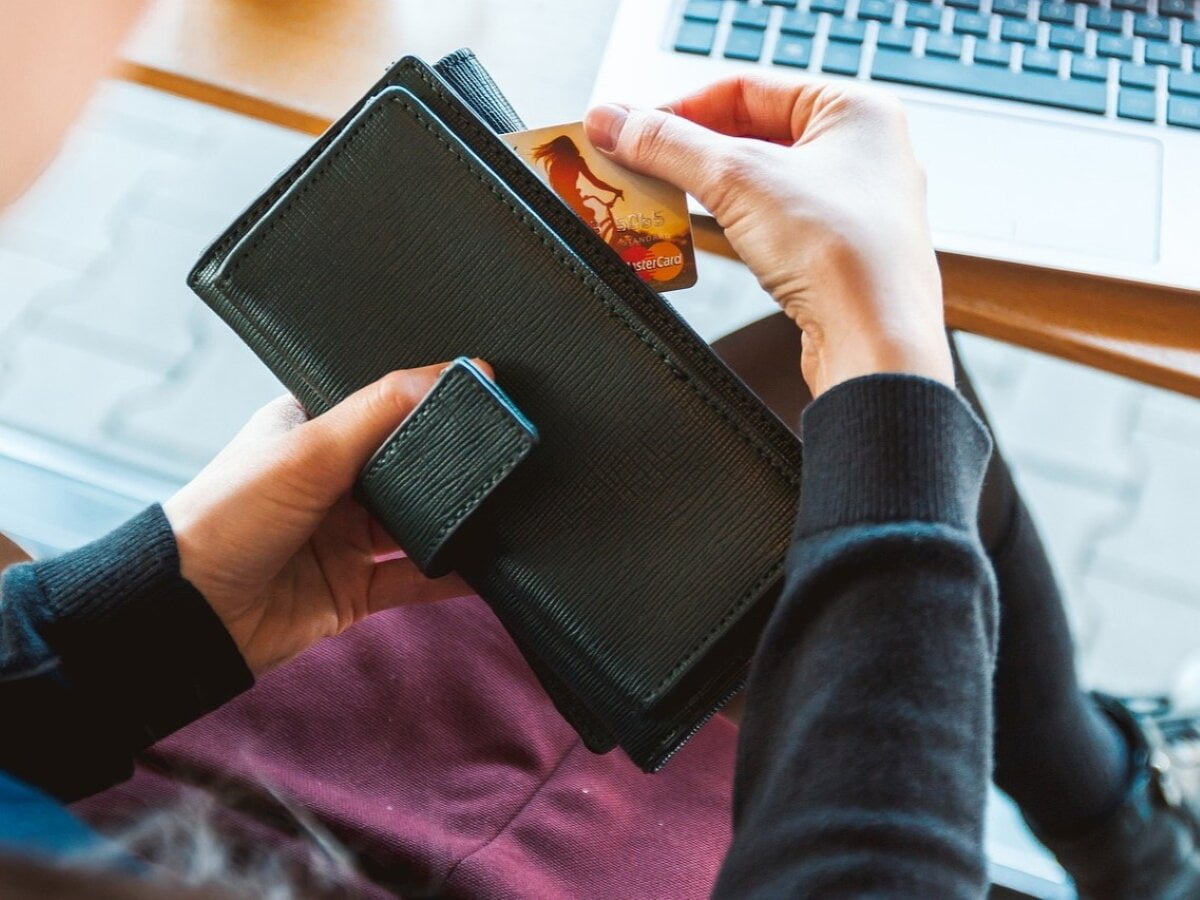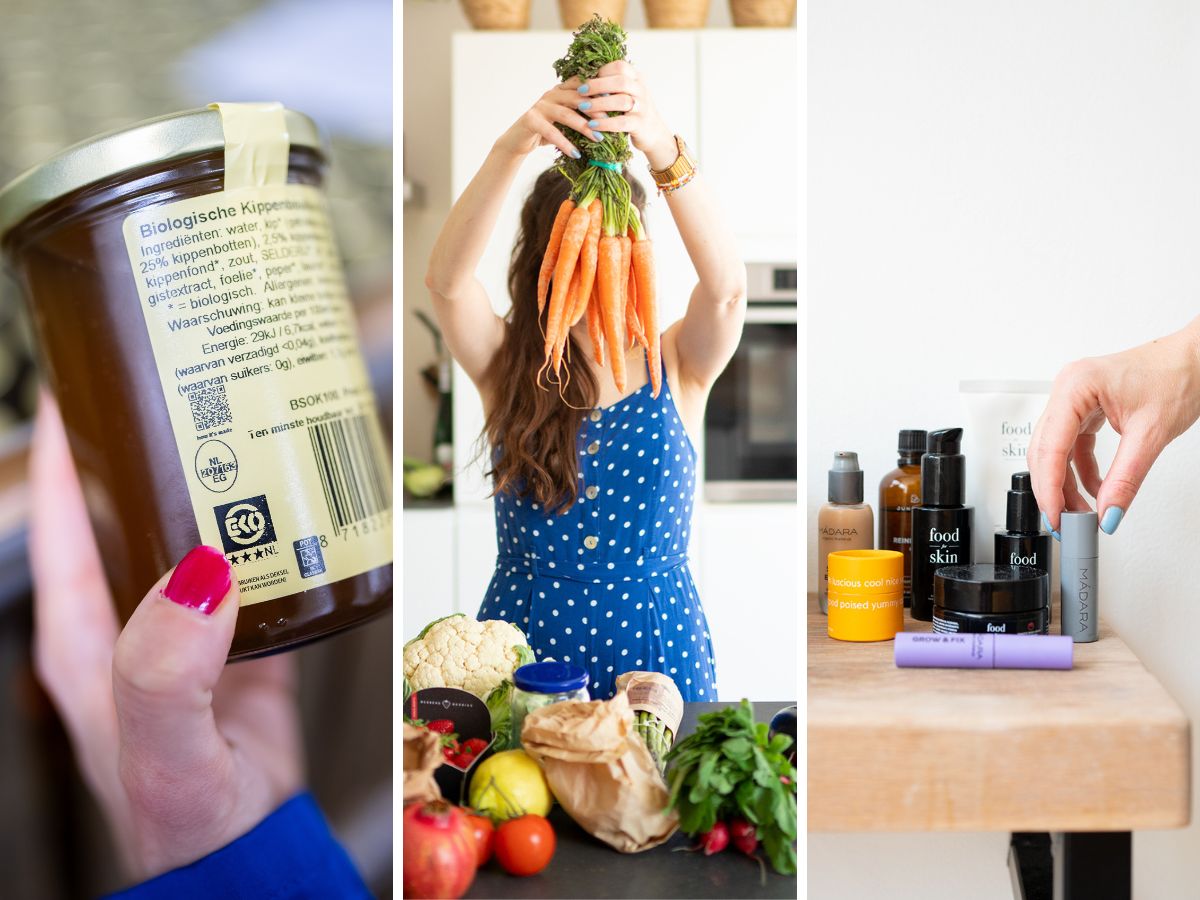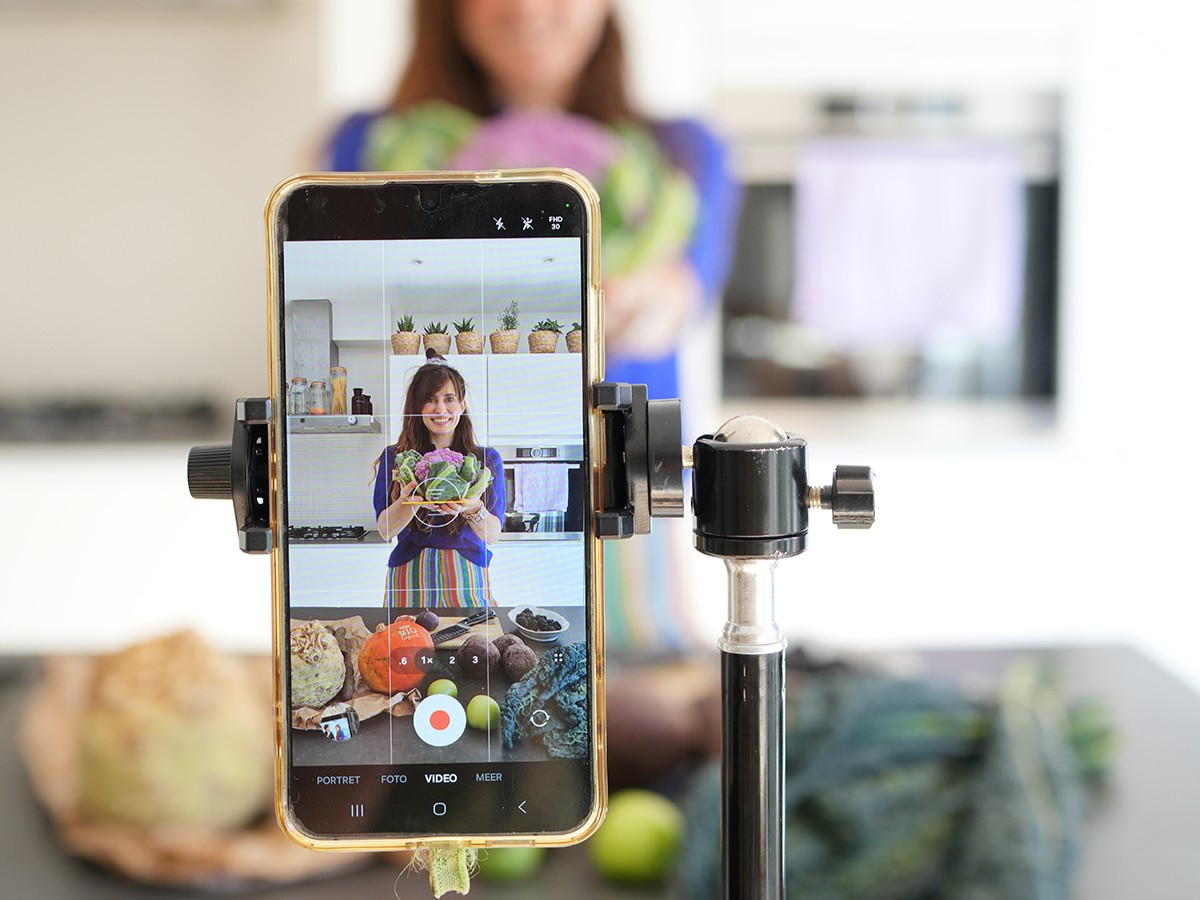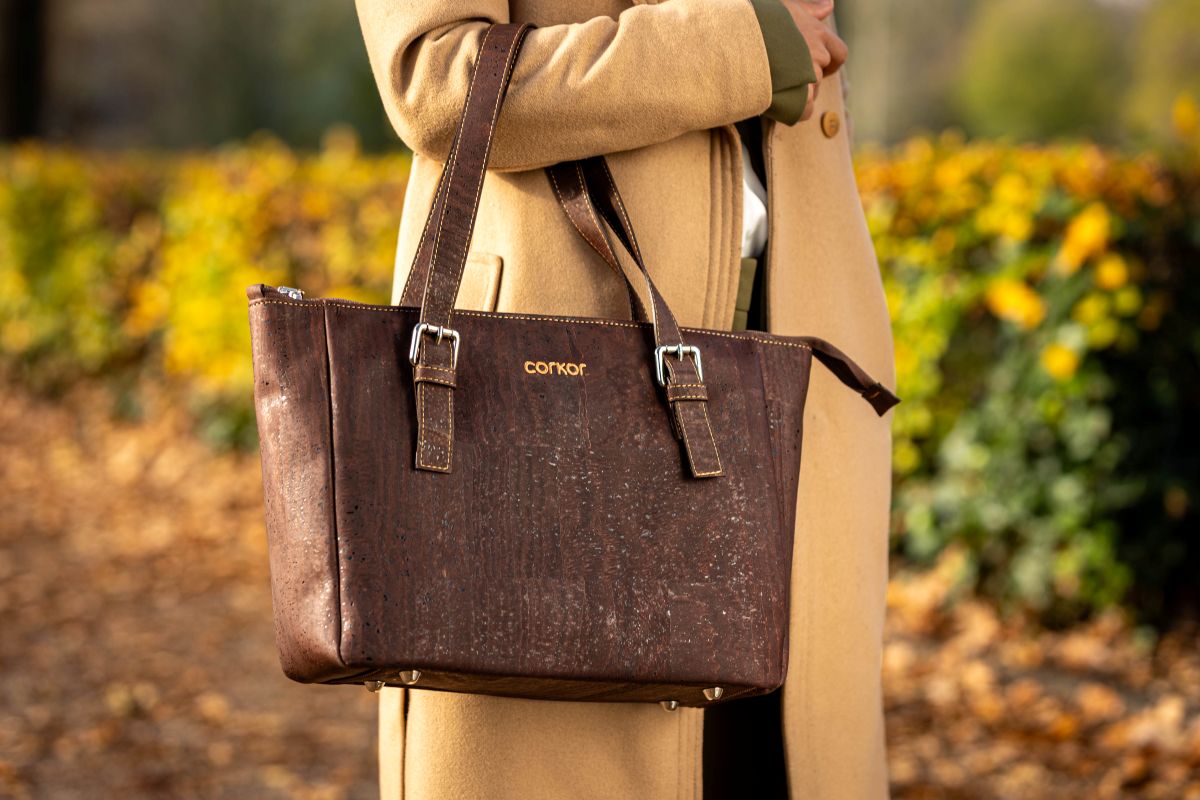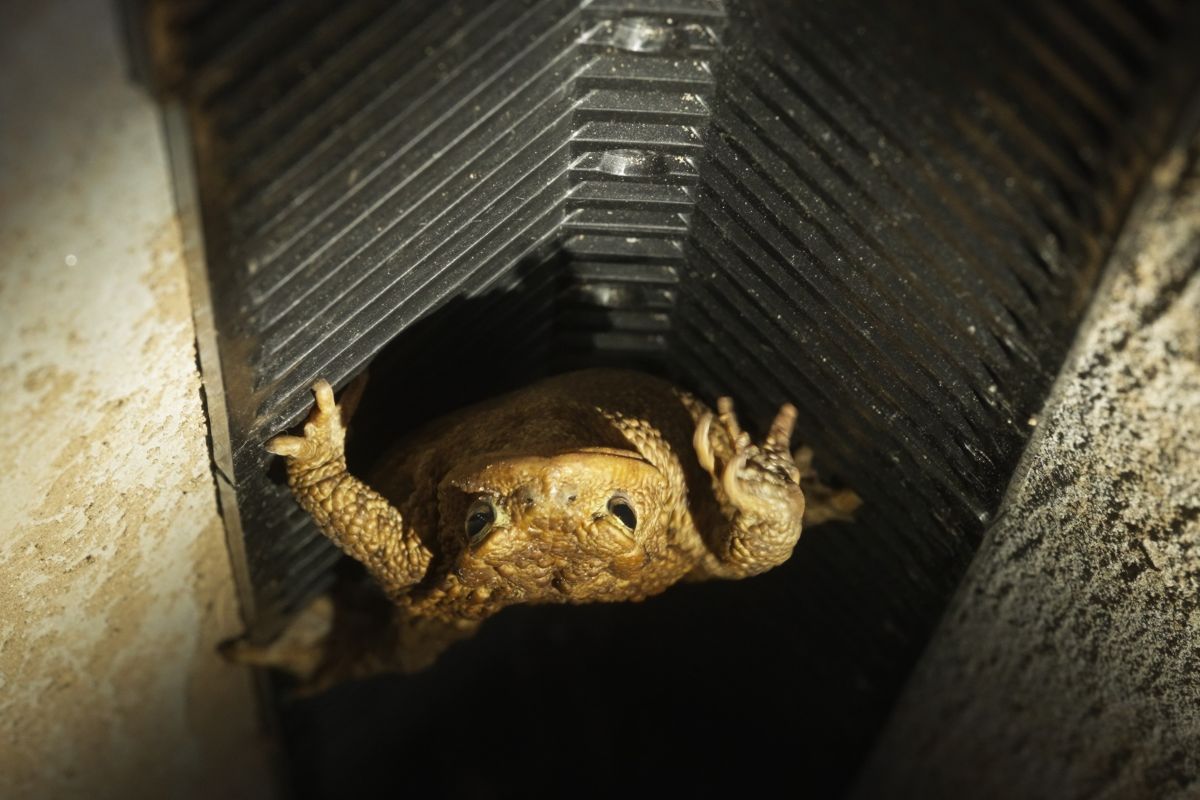It's so easy and we're doing it more and more: ordering online. A few clicks and what you need is delivered tomorrow. You name it, you can find it online. Besides affecting retailers, online ordering also has negative consequences for the planet. On the other hand, a heated shopping mall or a car ride like this emits CO2 just as well, of course. How bad is online ordering and what is the most sustainable choice? Thegreenlist.nl looked it up for you.
How harmful is online ordering?
All those parcel vans driving through the streets don't seem that sustainable, but is this assumption correct? If we want to know how online ordering affects our planet, we need to look at the whole process. This starts when the product leaves the factory and continues with transport to distribution centres and then transport to you, the customer. Especially the last mile to the customer has the most negative impact, as it is the least efficient. Transport earlier in the process can often be done with fully loaded trucks or large delivery vans. When ordering online, returns are also a regular occurrence, which of course creates even more transport. What is an absolute waste: when those returns are also destroyed. Unfortunately, this is very common and is a terrible shame because the production process is usually very harmful to our planet.


All those parcel vans driving through the streets do not seem so sustainable, but is this assumption correct?
Is it better to go to the shop than to order online?
So how damaging your online orders are depends on many different factors. Where does the product come from? Where is it stored? How is it transported? How big is the parcel? How many kilometres does the delivery van have to detour to deliver your parcel? Are there many returns? Because many different factors come into play, it is difficult to make a general statement about the negative impact of online ordering. What we can do: compare online ordering with buying the same product in a shop. Again, there are several factors that influence this, such as the size and energy consumption of the shop and transport.
Studies have shown that transport from the consumer to the shop in particular has a major impact on the planet. The German Umweltbundesamt has calculated that a five-kilometre trip to the shop by car emits between 600 and 1,100 grams of CO2, while delivering an online order emits around 200 to 400 grams of CO2. So in this example, an online order is probably less impactful than a purchase by private transport, although there are of course other factors involved such as the energy consumption of the shop and packaging. The reason that transport by van often emits less CO2 is because vans can be loaded efficiently and increasingly run on electricity. Of course, the very best thing is still to go to the shop by bike or on foot, as this way you do not emit any CO2 at all with your transport.
What about the packaging?
When you order something online, it usually comes in extra packaging. This causes extra waste unless you reuse it as best you can, which we at thegreenlist.nl definitely encourage. Especially check out all our DIY tips! How bad all that packaging is depends on the size of the package and the material used. You read it: it is not that easy to draw conclusions. Thus, once again, the Umweltbundesamt that a small folding 2.4-litre cardboard box causes about 20 grams of CO2 emissions, while a large 128-litre cardboard box causes about 1,000 grams of CO2 emissions. So the impact of small packaging is actually not that bad, but large packaging can emit as much CO2 as a five-kilometre car journey! In any case, it is a good step if companies ship products in their original packaging whenever possible or use reused packaging.
Buying something in shop usually does not require extra packaging, but shops again consume more energy than a warehouse. So it is difficult to make a blanket statement about which is more sustainable: ordering online or buying something in shop. However, the above studies have shown that in many cases it is more sustainable to order something online. This is especially true for small products that you will not return quickly and for which you would otherwise have made a car journey.
Disadvantages of ordering online
One thing to think about: ordering online is often easier than going to the shop, and if we all start consuming more as a result, the positive effects of online ordering disappear straight away. It is precisely this over-consumption that we want to avoid and need to get rid of. Another question is whether, even if it were efficient, we would want to do all our shopping online. I don't think anyone wants an empty and deserted city centre and some things you want to try on or see in real life before you buy them.


Ordering stuff online versus buying something in shop.
Most importantly: buying less and more sustainably
We now know that in some cases, ordering online can even be more sustainable than buying something in shop. Only we haven't yet looked at the whole picture. For we have not looked at the impact of the production process of the things we buy. And that is precisely what has the most negative impact on our planet. The Umweltbundesamt concludes that if we look at the entire life cycle of a product, i.e. from production to disposal, up to three quarters of a product's CO2 emissions occur during production. So the manufacturing process can account for up to 75% of a product's total CO2 emissions! For some products, such as electrical appliances, energy during use also accounts for a large proportion of emissions. Sales and transport only account for between 1 and 10% of total CO2 emissions. So it is actually much more important what for products we buy then how we buy these products. Therefore, only buy stuff that you truly need and in that case choose sustainably produced items that last. You can also buy, borrow or rent many products second-hand.
Stuff more harmful than flying, driving or energy consumption?
In her book The hidden impact Babette Porcelijn researched our negative impact on the planet. For the average Dutchman, this is not flying, driving or energy consumption, but the consumption of stuff. We buy too much stuff and throw away too much stuff. Producing new stuff has significant negative impacts on our planet such as CO2 emissions, environmental and air pollution, loss of biodiversity and deforestation. And on top of that, poor working conditions often come into play. Electronics is the category of stuff that pollutes the most, as many of the small parts require mining.
Tips to make more sustainable online purchases
We now know the best way to buy, borrow or rent second-hand or sustainable products. If possible, pick up those products on foot or by bike. In some situations, this is not possible and then ordering online is a good second choice. If you do order something online, you can also do so more sustainably by following these tips:
- Avoid returns: make sure you read the specifications and any reviews carefully so you don't have to return the product. More tips on how to avoid an online (second-hand) misbuy can be found in this article.
- Try to combine your purchases as much as possible. Not only does this save CO2, it often saves you shipping costs as well. This is also possible second-hand by checking whether the seller offers more stuff you need.
- Can you also have your order delivered to a collection point that you can reach by bike or on foot? Then choose this option. This is because the last few kilometres of delivery generate the most CO2 emissions.
- Will you have the parcel delivered to your home? Then make sure someone is at home to receive the parcel or that the parcel can be left somewhere (e.g. with the neighbours or in the shed).
- Preferably buy from webshops or people from the Netherlands or Belgium. You can also try to consume as locally as possible online.
- If possible, opt for a sustainable delivery service, e.g. Homerr. PostNL is also a sustainable choice.
- Avoid rush orders: here the route and loading of the car can be planned less efficiently.
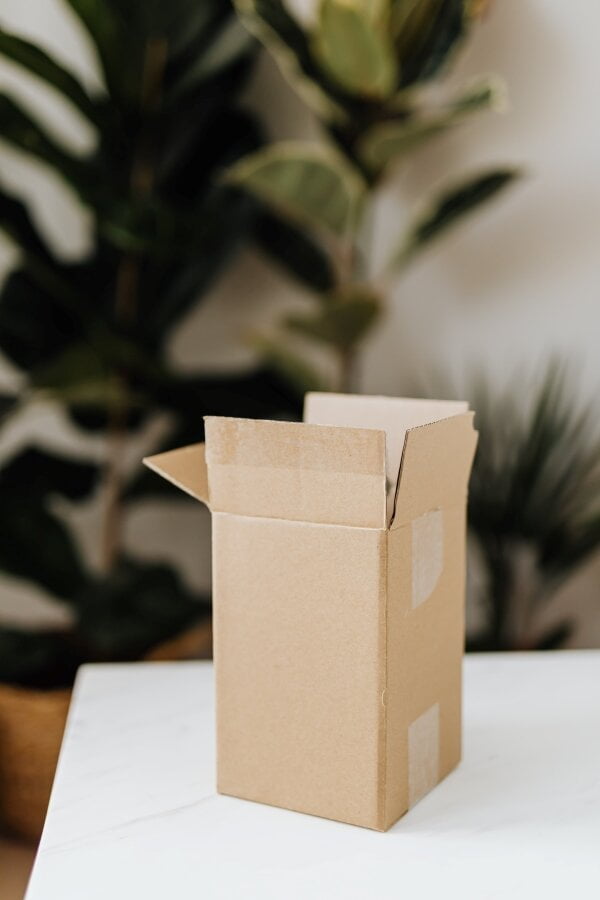
You can also make an online purchase more sustainably by paying attention to a few small things.
Online ordering: buy less and choose sustainable products
The biggest negative impact is the stuff you buy. If you want to live more sustainably: buy less stuff. Try borrowing or renting and if you really need something, see if you can buy it second-hand. But what if your electric toothbrush really needs replacing, your socks are full of holes or you just broke your water bottle on the floor? If you can buy the things you need in a shop that you can reach by bike or on foot, that is the most sustainable transport choice. Is the shop further away and you have to take a car ride? Then in most cases it is better to order small items that you don't have to return online. Do try to combine purchases as much as possible and have your purchases delivered as sustainably as possible.
More sustainable tips from thegreenlist.nl
- Where can you find sustainable products? This is the place to be for sustainable shopping.
- You will be amazed at what is available second-hand: how to find the best stuff on Marktplaats.
- You can also buy gifts more sustainably: here are the best sustainable gift ideas for a colleague.
- And how to wrap gifts more sustainably.
Sources: Niks Nieuws, Milieu Centraal, the German Umweltbundesamt on the climate impact of online and in-store purchases and tips for eco-conscious online shopping. Photo credits: main image: JESHOOTS (Pixabay), Suit with shirt: Polina tankilevitch (Pexels), van: Claudio Schwarz (Unsplah), box of stuff: Ketut Subiyanto (Pexels), department store: Pixabay (Pexels), box with green plant in background: Karolina Grabowska (Pexels).

